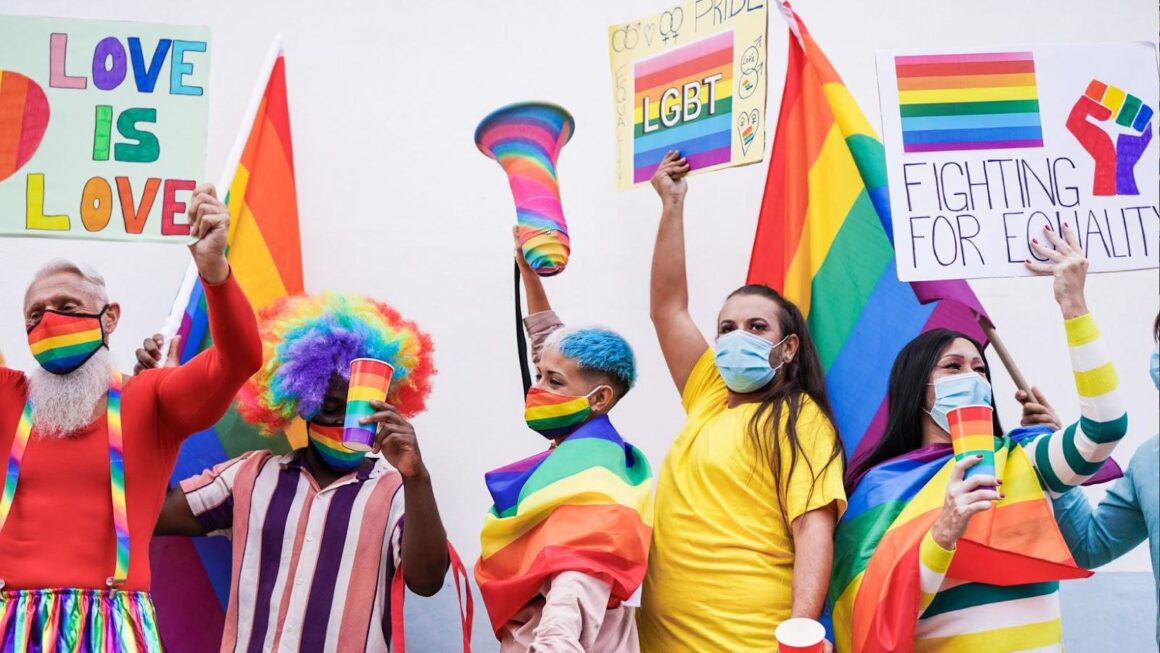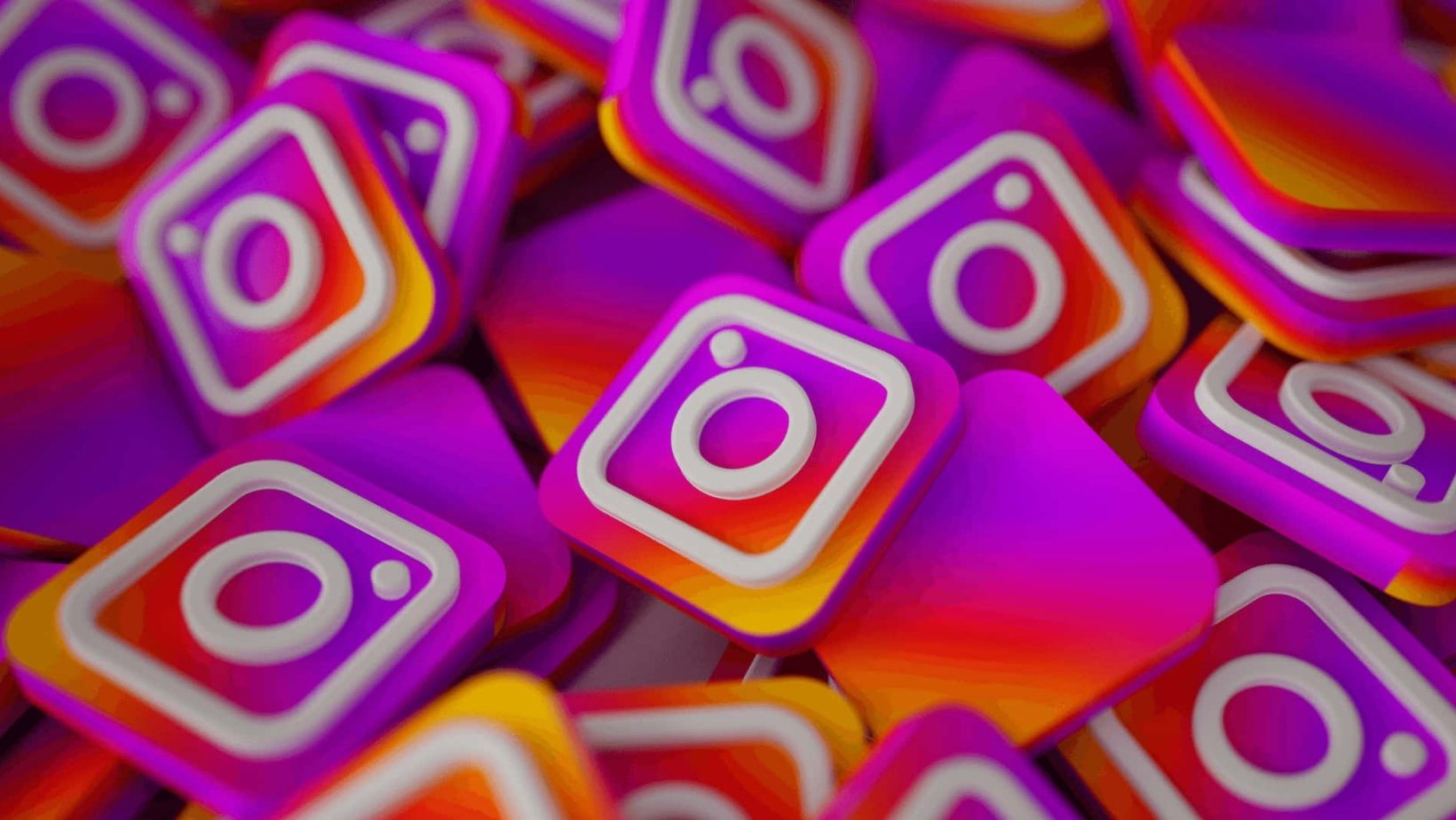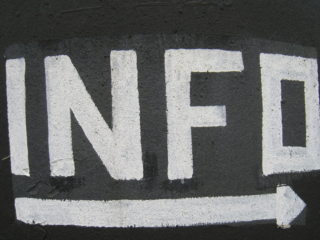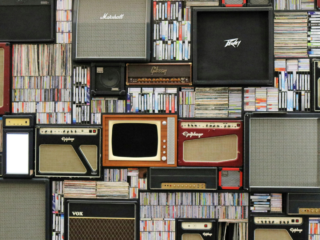The history of the LGBTQ+ community fighting for equality is rich with milestones. A celebration that spans the globe has evolved over the years. This journey started with the Stonewall Riots in 1969 and continues through today’s Pride parades and festivals.
The story of LGBTQ+ history is filled with resilience and victories for hard-won legal rights. We will explore key moments in the LGBTQ+ civil rights movement. This includes looking at the fight for, and the ongoing need for, equality that still shapes the community’s mission. By looking at both history and our present, we will understand the meaningful impact of Pride Month celebrations worldwide.
Table of Contents
ToggleKey Takeaways
● The LGBTQ+ rights movement has a long and inspiring history, with the Stonewall Riots of 1969 serving as a pivotal moment that ignited the modern-day fight for equality.
● Pride Month, celebrated annually in June, commemorates the Stonewall Riots and honors the LGBTQ+ community’s continuous struggle for acceptance and representation.
● The LGBTQ+ civil rights movement has achieved significant legal victories, such as the decriminalization of same-sex relationships and the legalization of same-sex marriage in various countries.
● Despite major progress, the LGBTQ+ community still faces discrimination challenges. This fact highlights the ongoing need for advocacy and the fight for real equality.
● The global Pride celebrations unite the LGBTQ+ community and its allies. Together, they celebrate achievements, promote awareness, and fight for the rights and acceptance of all, no matter their sexual orientation or gender identity.
The Stonewall Riots: A Pivotal Moment
In June 1969, the Stonewall Riots in New York City marked a turning point for LGBTQ+ rights. The event sparked activism and advocacy worldwide. It changed the fight for equality forever.
The Events of June 1969
Early on June 28, 1969, the police raided the Stonewall Inn in Greenwich Village. This wasn’t new; LGBTQ+ spots often faced police harassment. That night, though, the people at Stonewall decided to stand up.
They fought back, starting a chain of protests that lasted for days. This resistance was a major moment in LGBTQ+ history.
The Birth of the Modern LGBTQ+ Rights Movement
The events at Stonewall brought the LGBTQ+ community together like never before. They demanded equality and fought for their rights. After the protests, the first Pride marches were held.

Pride celebrations have continued every year, marking the ongoing struggle for LGBTQ+ rights. This tradition is now celebrated worldwide.
Commemorating the Stonewall Uprising
The Stonewall Riots’ impact on LGBTQ+ history is impossible to overstate. They energized activists and their allies globally. Today, every June, Pride Month celebrates the community’s courage and fight for equality.
Pride Month: Celebrating and Advocating
Each June, the global LGBTQ+ community and friends come together to honor Pride Month celebrations. They aim to push for more acceptance. June was picked because of its link to the Stonewall Riots. These events were the beginning of today’s fight for LGBTQ+ rights.
Pride Month celebrations are often marked by vibrant parades and festivals, where colorful displays and powerful pride month sayings echo the community’s spirit of unity and resilience.
The Significance of June
In June 1969, the Stonewall Riots started as a reaction to a police raid on a New York bar. This bar was a hub for the LGBTQ+ community. The riots marked the start of a big fight for LGBTQ+ rights. This fight gave birth to the first Pride marches and started the tradition of Pride events worldwide.
Pride Parades and Festivals
Now, Pride parades and festivals stand for the strength, variety, and solid support of the LGBTQ+ community. These events unite people from all walks of life. Together, they proudly show their colors. This is an act of coming together, being seen, and urging for equal rights and approval.
In places like New York City, San Francisco, London, and Sydney, Pride is celebrated in grand ways. Millions join as participants or watchers every year. It’s all about sharing stories, marking achievements, and, together, vowing to keep fighting for LGBTQ+ rights across the globe.
Milestones in LGBTQ+ Rights
The LGBTQ+ rights movement has taken big steps in recent decades. We’ve seen important legal wins and same-sex relationships decriminalized in many places. In 2003, a key moment came with the Supreme Court’s decision in Lawrence v. Texas. This ruling removed state laws that saw consensual same-sex sexual activity as illegal.
Decriminalization and Legal Recognition
After same-sex relationships were no longer considered crimes, the LGBTQ+ community aimed for more rights. In 2015, the US Supreme Court made a groundbreaking decision in Obergefell v. Hodges. It allowed nationwide same-sex marriage, opening a path for similar wins globally.
Marriage Equality Victories
Allowing same-sex marriage marked a great victory for LGBTQ+ rights. It finally gave same-sex couples the same benefits and protections as straight couples. But, challenges remain. LGBTQ+ people still face discrimination and hurdles, especially where their rights aren’t fully acknowledged.
Continued Struggles and Advocacy
Many obstacles still stand in the way of LGBTQ+ rights. Protecting against discrimination, ensuring basic rights, and fighting widely held biases are key. Advocacy by LGBTQ+ groups and their supporters is essential. Their work maintains and broadens achievements.

The fight for LGBTQ+ rights and fair treatment is intertwined with the global effort for human rights and equality.
FAQ
What is the significance of Pride Month?
Every June, people worldwide celebrate Pride Month. This marks the Stonewall Riots of 1969, a key moment in LGBTQ+ rights. It’s a time to remember the fight for equality and honor the progress.
What were the Stonewall Riots?
In June 1969, the Stonewall Inn in New York City faced a police raid. This led to protests known as the Stonewall Riots. These events kickstarted the fight for LGBTQ+ rights, inspiring the first Pride marches.
How are Pride celebrations observed globally?
Around the world, people join in Pride with parades, festivals, and events. It’s a chance to come together, raise awareness, and push for equal rights. These celebrations highlight the strides made in equality.
What are some of the key milestones in the LGBTQ+ rights movement?
Important moments include making same-sex relationships no longer illegal, recognizing LGBTQ+ rights, and allowing same-sex marriage in some places. Yet, challenges remain, requiring ongoing advocacy against discrimination.
How can individuals support the LGBTQ+ community?
To show support, learn about LGBTQ+ history and issues. Help amplify their voices, join in Pride events, and work for equal rights in your community.





























































